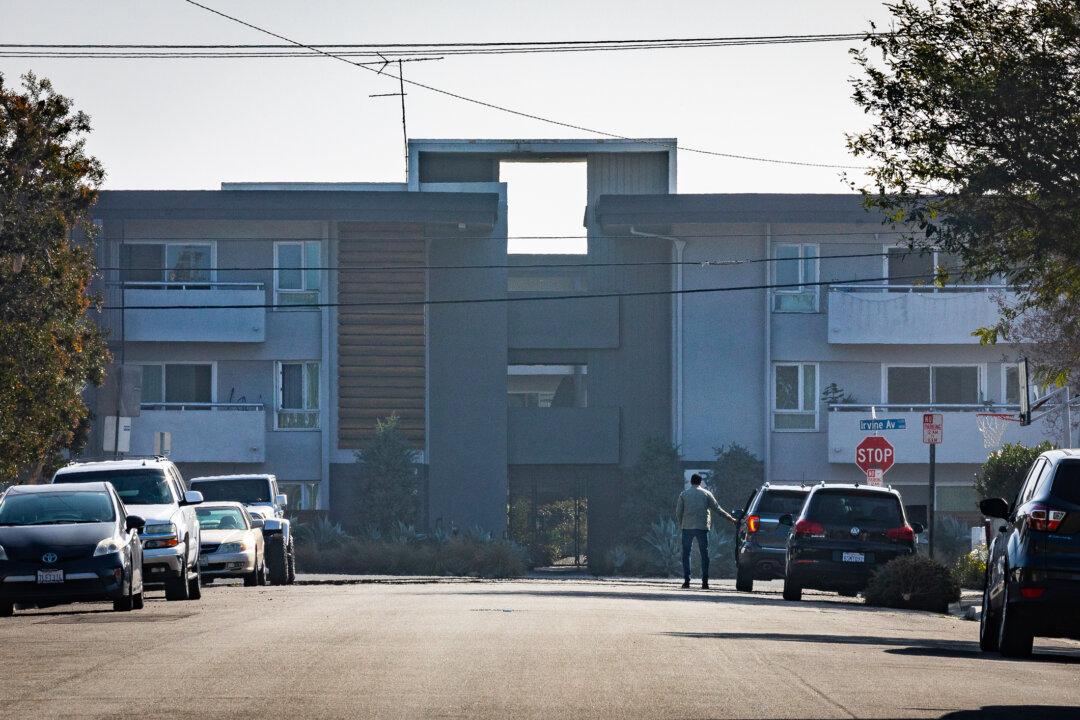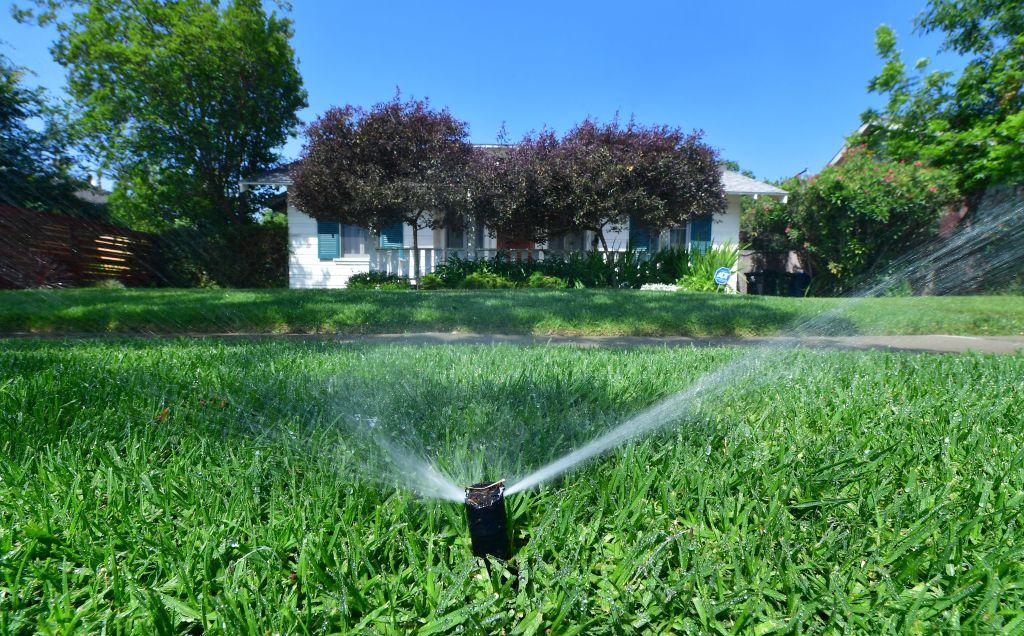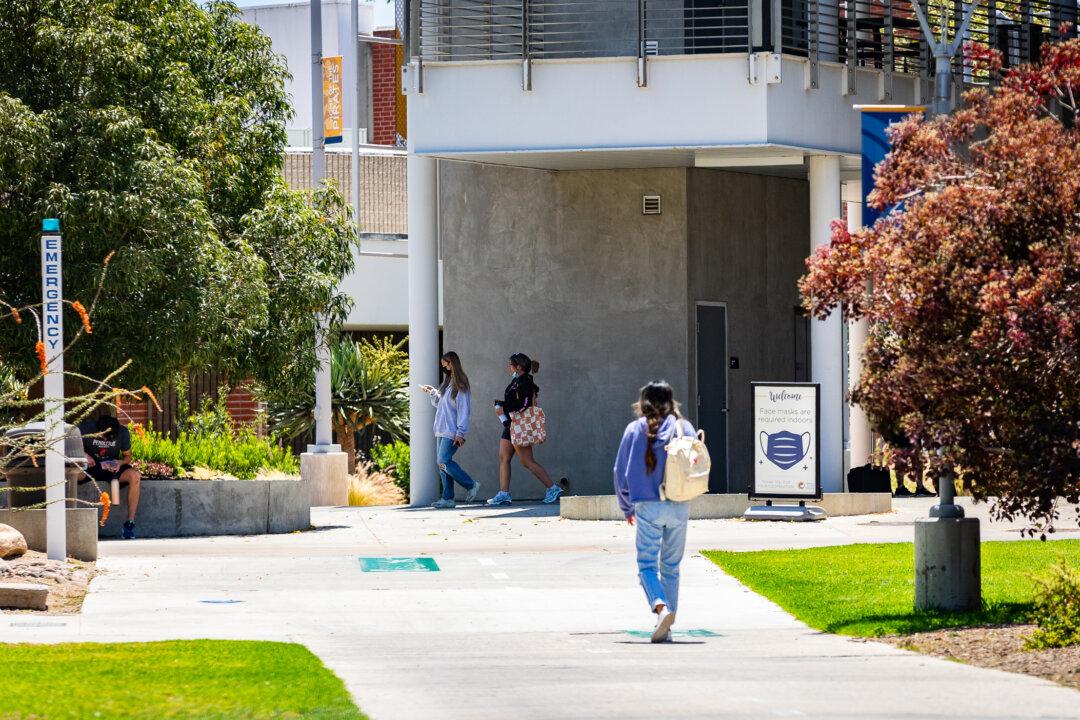As the state-wide eviction moratorium is set to expire on Sept. 30, approximately 1.4 million Los Angeles residents are at risk of eviction or foreclosure, according to an analysis of U.S. Census Bureau data by Shaler Economic Enterprises.
Shaler Economic Enterprises reported that there are just under 360,000 renters and mortgage borrowers living in Los Angeles County who are not at all confident that they can make their next rent or mortgage payment.




